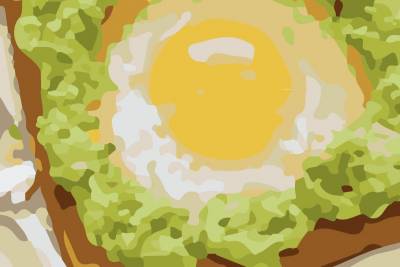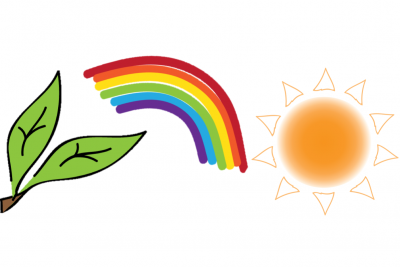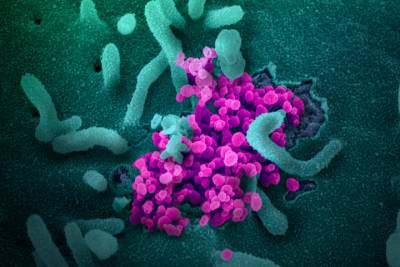Show the Chemistry That Holds Us Together
The characteristics of bonds are specific to the atoms being held together. Bonds hold sets of atoms together in predictable proportions or even precise numbers in order to create a huge number of unique molecular substances with diverse physical and chemical properties. The strongest bonds—covalent bonds—form discrete molecules that interact with one another through weaker intermolecular forces. These activities will explore how molecules demonstrate the full range of bonds and intermolecular forces taught in middle school science courses, while being engaging and relatable for students.
Explore the array of resources below for various ways to apply this theme. When you like what you find, check out the full version for background information, full protocols, discussion questions, visuals, downloadables (coming soon), and more. Adapt these materials for your context, and please reach out with suggestions and ideas!
Try with your students...
Oil and Water
Materials
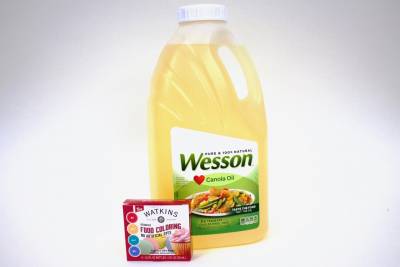
Corner Store Items
- Oil
- Food Coloring
- (optional) Alcohol
- (optional) Dish Soap
- (optional) Food emulsions (e.g. milk, mayonnaise, etc.)
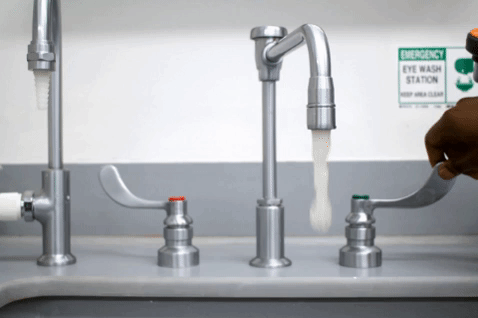
Everyday Items
- Water
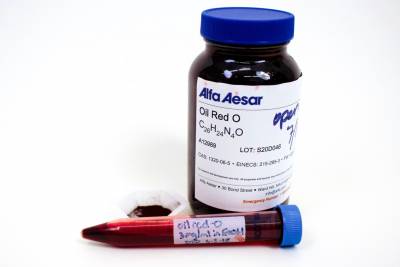
Lab Items
- Microcentrifuge Tubes, Test Tubes, or Petri Dishes (or substitute any small containers)
- Oil Red-O
- Ethanol
Procedure
- Label microcentrifuge tubes/test tubes/etc. Prepare each sample in duplicate (one for oil red-O and one for food coloring). Suggested conditions include: oil, water, oil/water.
- Add 10 drops of each sample to each tube.
- Oil: 10 drops of oil
- Water: 10 drops of water
- Oil/Water: 10 drops of oil + 10 drops of water
- Add one drop of food coloring or two drops of oil red-O to each tube.
- Shake or flick to mix. Then let sit to stabilize.
- Observe.
- Prepare additional samples with additives that can affect the interaction of oil and water (e.g. dishsoap, alcohol, etc.) or with emulsions (e.g. milk, mayonnaise, etc.).
Cooking Eggs with Acid
Materials
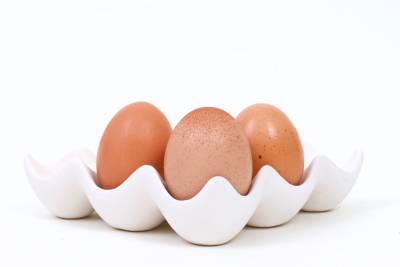
Corner Store Items
- Egg Whites
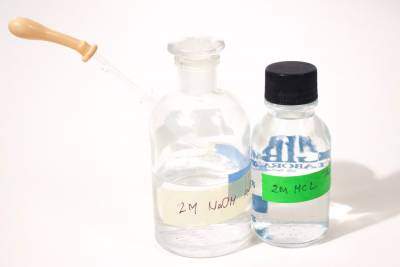
Lab Chemicals
- 6M HCl
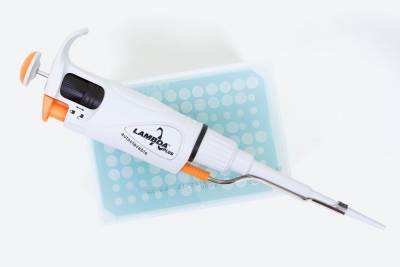
Lab Items
- Glass petri dish, beaker, or jar (glass is best when working with strong acids)
- Micropipette and Micropipette Tips (if you do not have access to a micropipette, you can use a glass Pasteur pipette with a rubber bulb)
Procedure
- Begin with 3.0 g egg white in a small glass container; ideally one with a lid for safe observation by students
- Add 6M HCl dropwise into the eggwhite. If using a micropipette, you may want ~0.5 mL. Be careful of drips as you transfer strong acid.
- Swirl slightly to observe the chemical changes happening over time. Go slowly and observe as you add the acid.
- Cover and continue to observe the sample over the next half hour. Eventually, you can poke gently with a pipette tip to study the final texture of your egg white.
Proteins as Enzymes and Substrates
Materials
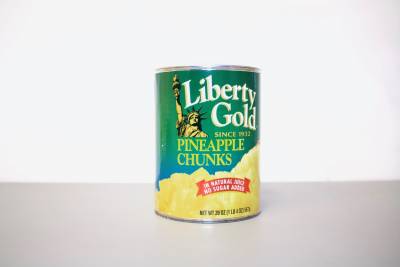
Corner Store Items
- Jell-O Jigglers (one box of jello, hot water, and a pan to make the jello in)
- Fresh pineapple
- Canned pineapple (or you can cook some of the fresh pineapple yourself)
Everyday Items
- Plates and forks for serving the snacks, if appropriate
Procedure
- Begin with two Jell-O Jigglers samples.
- Place fresh pineapple on top of one sample, and cooked pineapple on top of the other.
- Observe the two samples over time.
What conclusions can you draw about how the heat involved with food preservation affects the pineapple’s digestive enzymes?
Purification of Wheat Gluten
Materials
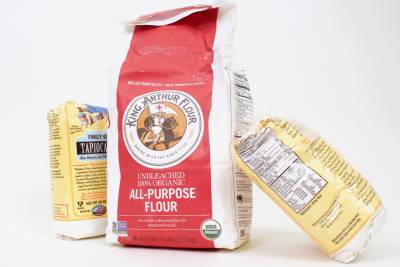
Foods
- Flour or mix of flours—be sure at least one contains gluten e.g. All-Purpose or Bread flour
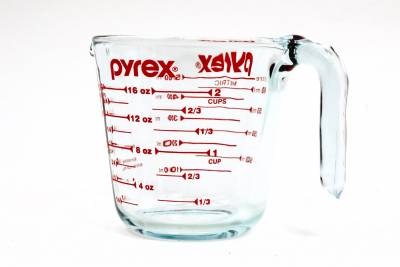
Equipment
- Measuring Cup (1 C)
- Bowl or Bucket

Solvents / Solutions
- Running water (or a bucket of water, with the ability to change out the water in the bucket)
Procedure
- Measure 1 C of flour and mix it with 1⁄2 C of water. Mix the flour and water together until a ball of dough begins to form, adding more water if needed. The ball should not feel sticky—if it does, add more flour.
- Knead the ball of dough until it becomes more elastic and shiny on the outside, up to 5 minutes.
- Let the ball sit for at least 10 minutes, which will encourage a higher gluten content.
- Begin to wash away the water soluble carbohydrate component of the dough by putting the dough ball under a gentle stream of water at the tap, or by gently kneading it in a bucket of fresh water. If you are using a bucket of water, change the water as it becomes milky to continue to efficiently remove the carbohydrates.
- Once the water no longer looks milky, you have removed all of the carbohydrates.
Study the properties of your ball of protein. What conclusions can you draw about the effects of their intermolecular interactions?
- If you’d like, you can bake your ball at this stage to see how the heat affects the gluten in the absence of all the other bread-making ingredients.
What conclusions can you draw about how might heat affect gluten protein structure?
Reversible Denaturation of Proteins
Materials
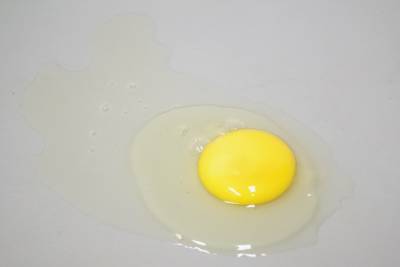
Corner Store Items
- Egg (ideally separated; see below)
- Strainer
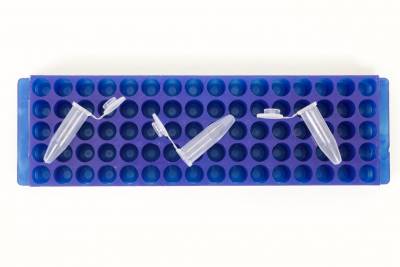
Lab Equipment
- Microfuge Tubes or Test Tubes
- Micropipette and tips or Pasteur pipette with a rubber bulb

Lab Items
- GFP (green fluorescent protein)*
- 0.5 M HCl
- 0.5 M NaOH
*GFP can be purchased from some chemical supply companies, expressed and purified yourself or obtained from a laboratory with leftover samples (as was the motivation for this experiment in the first place). If access to GFP is challenging, use the accompanying video to observe this process virtually.
Procedure
- Begin with 100 µL aliquots of GFP, loose egg white, tight egg white, and egg yolk in separate clear microfuge tubes/test tubes.
- Add 3 µl (or a single drop from a Pasteur pipette) 0.5 M HCl to each sample and observe.
What conclusions can you draw about how the acid affects the GFP and egg protein structure? Describe the changes you observe in your samples.
- To neutralize each sample you will need to add 3 µl 0.5 M NaOH to start. You will then have to add more base, in 1 µl drops, being sure to swirl gently between additions to get any acid off the side of the tube and make sure the sample is evenly mixed. (Alternatively, add base in single drops from a Pasteur pipette).
What conclusions can you draw about how the base affects the GFP and egg protein structure? Describe the changes you observe in your samples.
- You may experiment with adding more (or stronger) acid as well, but the GFP structure will not refold under conditions that are too extreme.
Why might the GFP structure not refold under extreme conditions?
DNA Extraction from Strawberries
Materials
Solvents / Solutions
- Isopropyl Alcohol
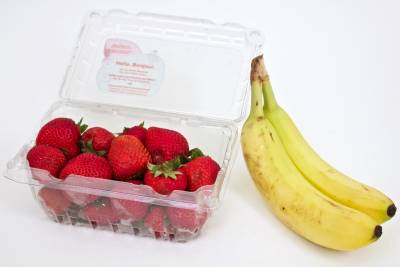
Foods
- Strawberry
- Salt
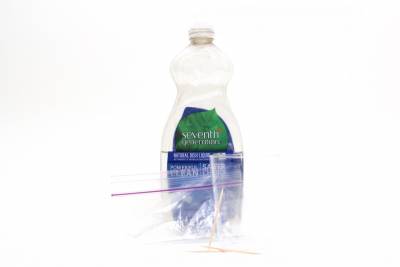
Consumables
- Toothpick
- Plastic Cup
- Dish Soap
- Plastic Baggie
- Microfuge Tubes (optional)

Equipment
- Strainer
Procedure
- Add strawberry puree into plastic cup.
- Add 3 drops of dish soap and STIR with a toothpick.
- Add 3 drops of salt solution and STIR with a toothpick.
- Add the tube of ice-cold isopropyl alcohol. **DO NOT MIX**.
- Wait and watch the DNA precipitate from the solution.
- Wrap the strands of DNA around a toothpick.
- Students may save the DNA in a microfuge tube and label with initials and date.
- Clean area: Dispose of the toothpick , pour remaining liquid into waste container, recycle the plastic cup, wash hands.
How does what you observe in your DNA sample relate to what you know about its chemical structure?
Describe the purpose of the dish soap, salt and alcohol in the extraction.



